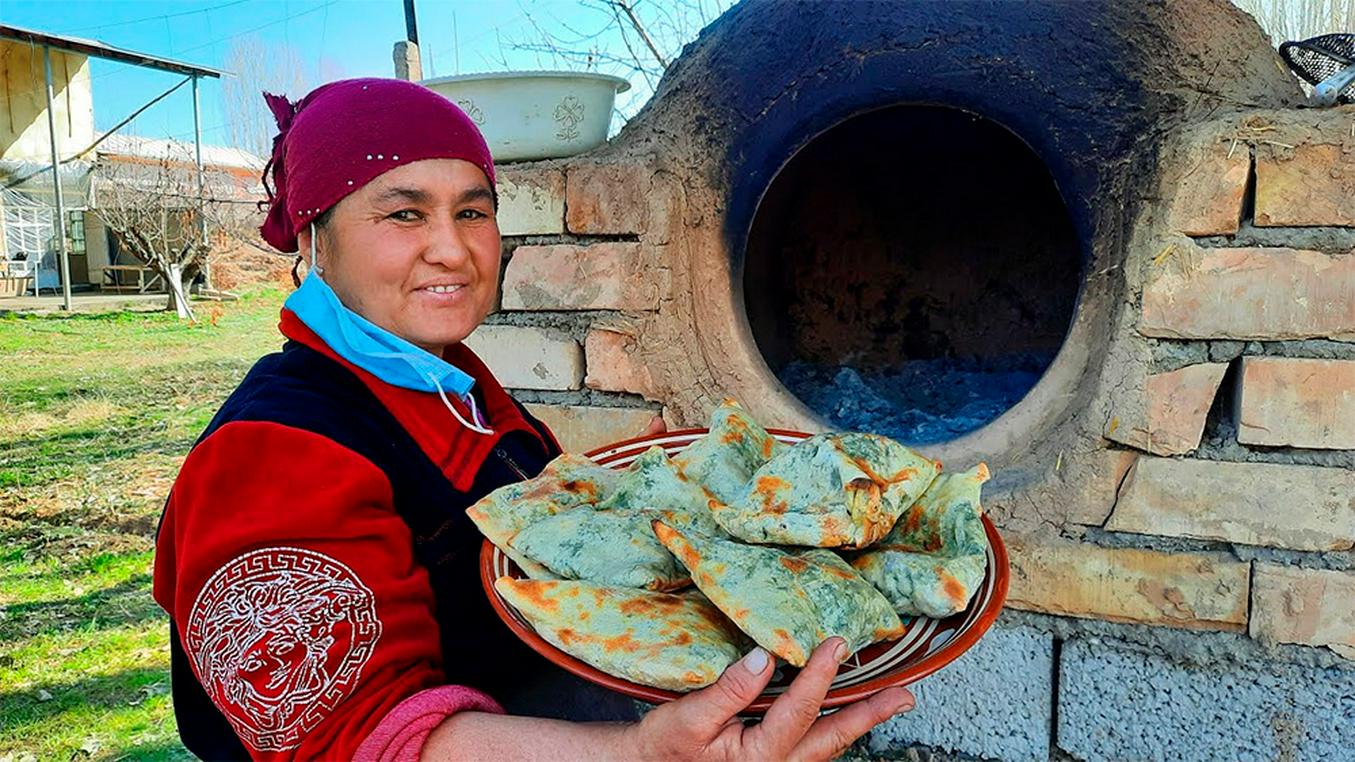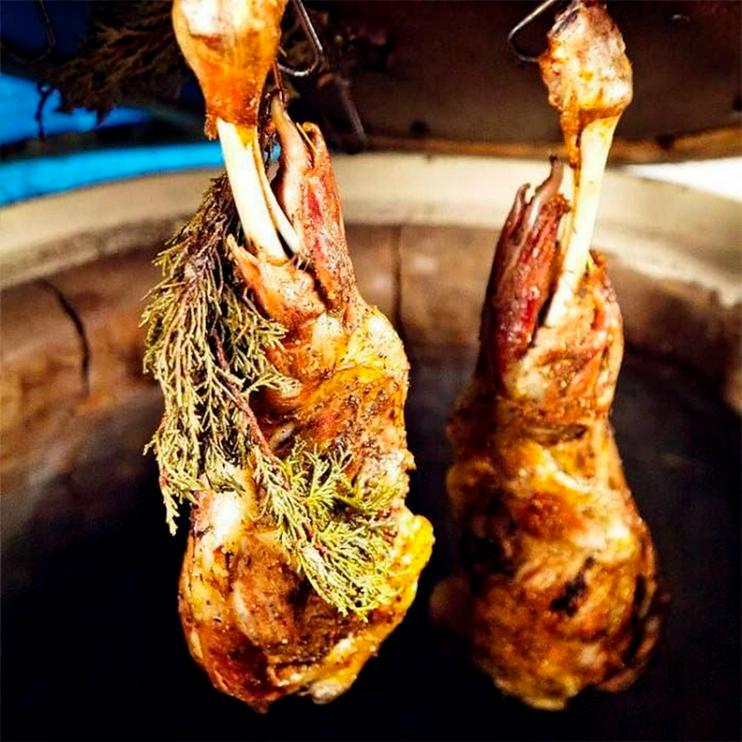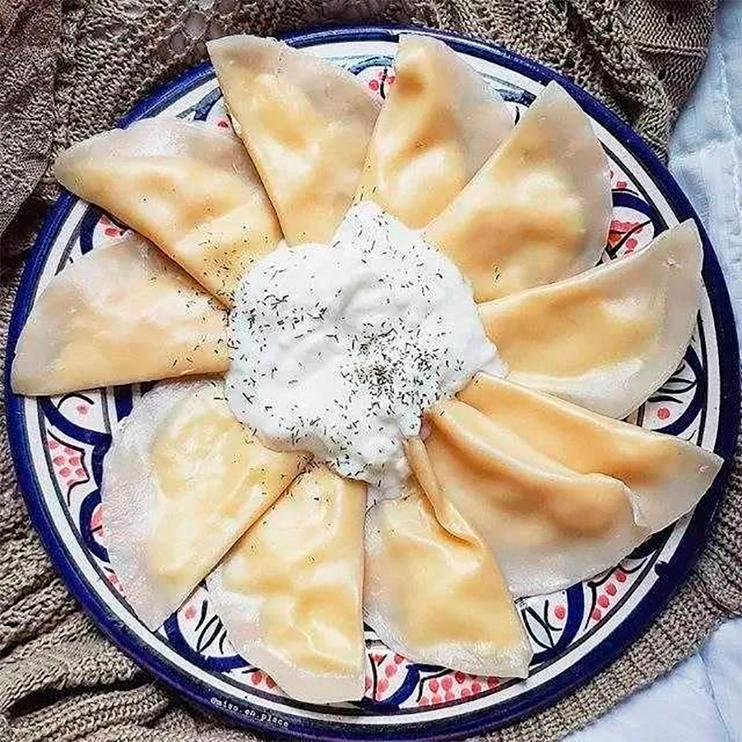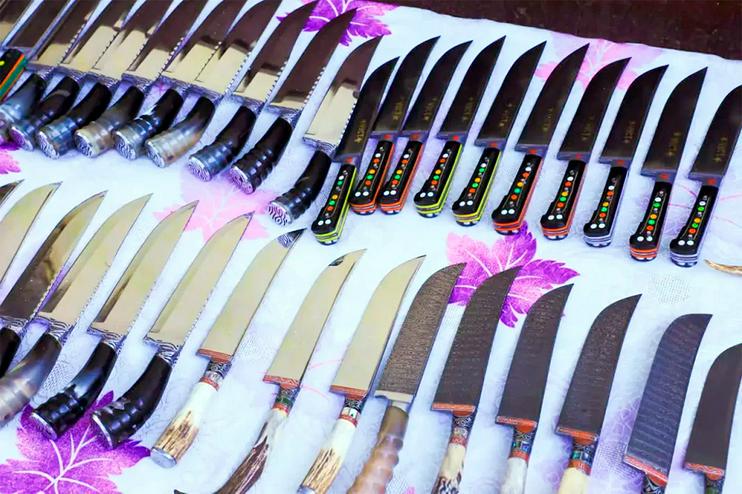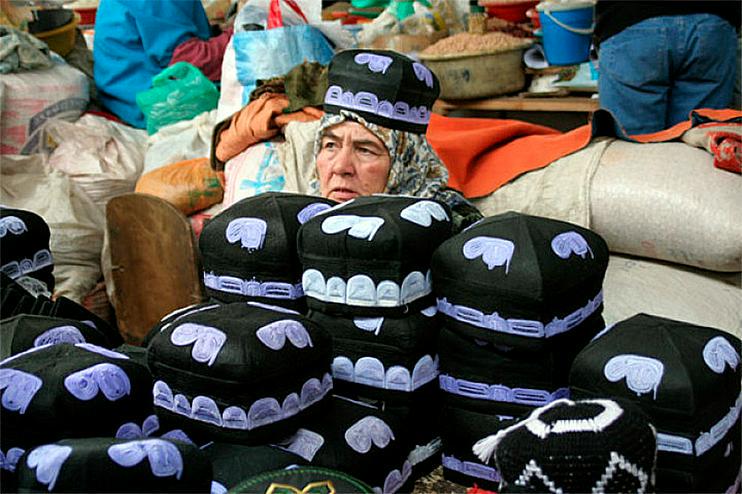Every country has its own distinctive dishes and products that are worth traveling hundreds of kilometers to try. In 2022, Uzbekistan adopted a law “On Geographical Indications” to officially protect such unique goods. A geographical indication is a label or name that shows a product comes from a specific place and that its quality or characteristics are closely tied to that region. To be granted this status, at least one key stage of production must take place in the area and contribute to the product’s uniqueness.
According to the Ministry of Justice, Uzbekistan’s registry of geographical indications currently includes at least ten items — but that’s only for now. Uzbeks produce many types of goods that could qualify for recognition as geographical brands. Bukhara carpets, Bakhmal apples, and Mirzachul melons are still waiting their turn… But for now, let’s look at the items that have already received official recognition.
Margilan Atlas and Adras
Atlas is a dense silk fabric with a special weave and a smooth, glossy front surface. Adras is a natural handwoven textile made of half silk and half cotton fibers. These fabrics were added to the registry of geographical indications in February 2023.
Gijduvan Shashlik
The main difference between Gijduvan shashlik and other varieties lies in its preparation method and the meat used. It is made from meat of the local Bukhara cattle breed, known for its distinct flavor thanks to the desert climate and the specific conditions in which the animals are raised. The meat for Gijduvan shashlik must have a high content of connective tissue and sinew. It is first ground, then frozen, and ground again—this process makes the meat elastic and gives it a grayish tint. The technique produces a firm, fatty shashlik resembling a sausage that doesn’t fall apart during cooking.
The minced meat mixture includes only meat, onion, animal or lamb fat, and spices (coriander seeds, salt, black pepper, and cumin). Thanks to these ingredients, Gijduvan shashlik has a unique taste and texture that cannot be replicated in other regions. It was added to the register in August 2023.
Guzar Tandoor-Cooked Meat
This traditional dish of Uzbek cuisine is cooked in a tandoor using juniper branches and firewood from the same coniferous plant. The name is associated with the city of Guzar and the Guzar District in the Qashqadaryo Region. It was registered as a geographical indication in January 2024.
Khorezm Tukhum-Barak
This Uzbek dish consists of large dumplings filled with an egg mixture. It “features a unique preparation method and ingredients rooted in ancient traditions. Tukhum-barak is widely popular among residents of the Khorezm Region and reflects the rich cultural and gastronomic heritage of this area,” the Ministry of Justice explained on June 13 of this year when adding the dish to the register of geographical indications.
Kokand Knife
The photo shows the work of Hasan Umarov, a hereditary knife-making master from Kokand. Kokand knives were among the first to be added to the register of geographical indications—in February 2023.
Chust Knife
The Chust knife is perhaps the most prominent in the hierarchy of Uzbek knives. During the Soviet era, the city of Chust in the Namangan Region was home to the only knife factory in Uzbekistan. It is said that CPSU General Secretary Leonid Brezhnev used Chust knives while hunting and enjoyed giving them as gifts to foreign leaders visiting the Soviet Union. This item was added to the register of geographical indications in February 2024.
Samarkand Flatbread
Samarkand flatbread is unmistakable—dense, thick, and slightly sweet. It’s said to retain its flavor for up to three years when dried. This flatbread is renowned far beyond Uzbekistan, and legends have grown around it. According to one, the ruler of Bukhara once ordered that the same delicious bread be baked in his city. A baker from Samarkand was brought in, but the results fell short. Then, all the same ingredients were delivered from Samarkand—still no luck. Even a tandoor oven was transported, but the bread still wasn’t the same. The baker finally suggested that the secret lay in the Samarkand air, which couldn’t be brought along. And so they left it at that. Samarkand flatbread was entered into the register of geographical indications in February 2025.
Andijan Skullcap
The skullcap (tubeteika) is one of the principal traditional head coverings in Central Asia. It’s an embroidered cap for men or women, named after the Turkic word tübe (töbe), meaning «top» or «summit.» In the Fergana Valley, skullcaps are known as duppi. The Andijan skullcap is notable for its decorative patterns and the height of its kizak (brim band). It was added to the register of geographical indications on June 17, 2025.
Sukok Samsa
Sukok is a village in the Parkent District of Tashkent Region. It is here that the famous mador samsa — savory pastries with spring greens — is made. The key ingredient in the filling is mador, a specific variety of onion that grows only in the cool mountain climate during April and May. In spring 2023, Fergana correspondent Andrei Kudryashov captured the process of making mador samsa on video.
-
 24 November24.11Here’s a New TurnRussian Scientists Revive the Plan to Irrigate Central Asia Using Siberian Rivers
24 November24.11Here’s a New TurnRussian Scientists Revive the Plan to Irrigate Central Asia Using Siberian Rivers -
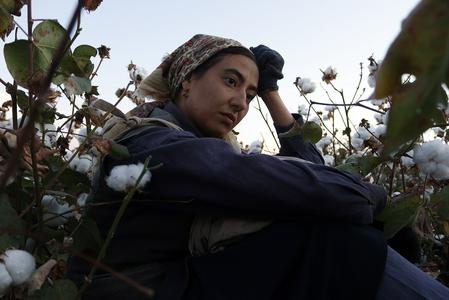 11 November11.11To Live Despite All HardshipUzbek filmmaker Rashid Malikov on his new film, a medieval threat, and the wages of filmmakers
11 November11.11To Live Despite All HardshipUzbek filmmaker Rashid Malikov on his new film, a medieval threat, and the wages of filmmakers -
 01 November01.11Catching Up with UzbekistanAlisher Aminov on the Problems of Kazakh Football and Plans to Fix Them
01 November01.11Catching Up with UzbekistanAlisher Aminov on the Problems of Kazakh Football and Plans to Fix Them -
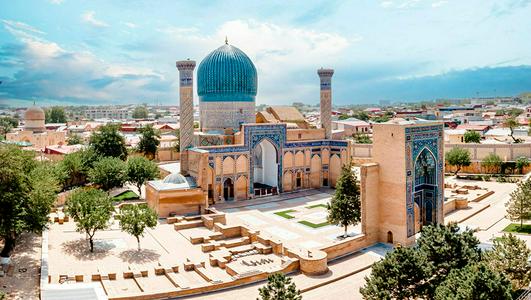 22 October22.10Older Than the Eternal CityWhat has Samarkand accomplished in its three thousand years of existence?
22 October22.10Older Than the Eternal CityWhat has Samarkand accomplished in its three thousand years of existence? -
 16 October16.10Digital Oversight and Targeted RecruitmentRussia Approves New Migration Policy for 2026–2030
16 October16.10Digital Oversight and Targeted RecruitmentRussia Approves New Migration Policy for 2026–2030 -
 15 October15.10A Step Back into the Middle AgesWhy Kyrgyzstan Should Not Reinstate the Death Penalty
15 October15.10A Step Back into the Middle AgesWhy Kyrgyzstan Should Not Reinstate the Death Penalty
